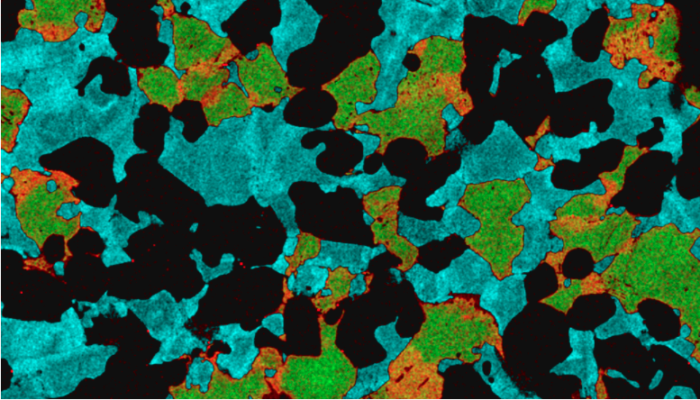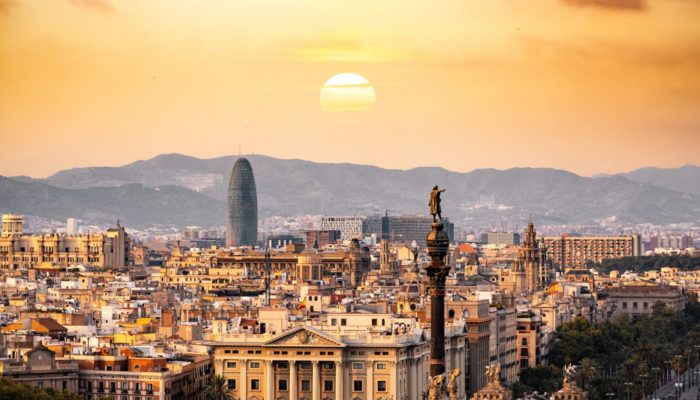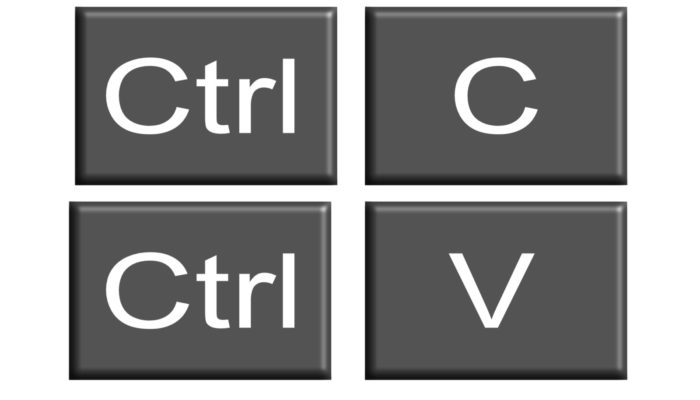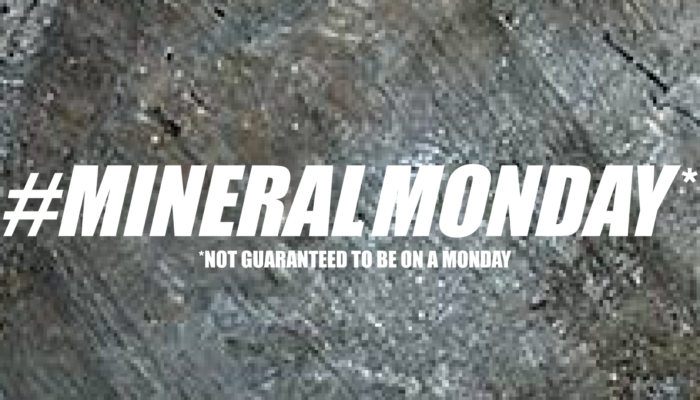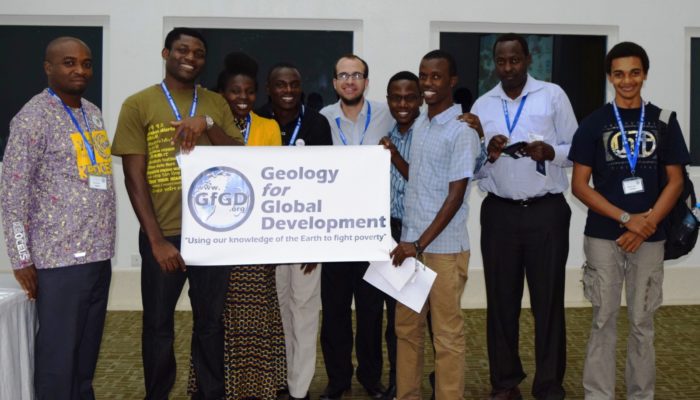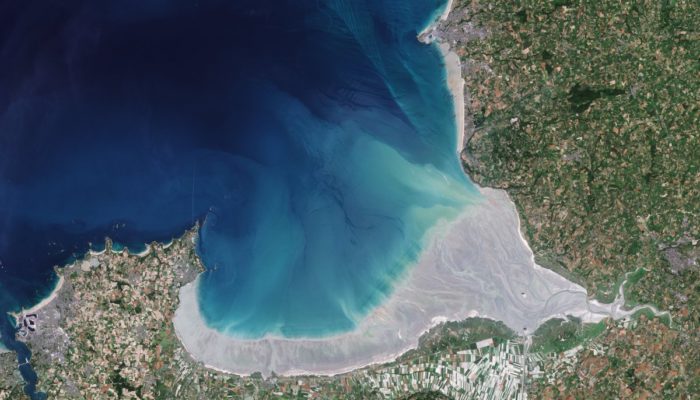The mantle makes up the majority of the volume of the Earth, but there is still a lot about it that we don’t understand. This is because we can’t observe it directly – forget ‘Journey to the center of the Earth’ – even our deepest drill holes (about 12 km deep) are merely tickling the surface of the planet (about 6400 km to the center). Most of what we know abou ...[Read More]
GeoLog
GeoTalk: Creative communication for science education – meet scientific artist Kelly Stanford
GeoTalk interviews usually feature the work of early career researchers, but this month we deviate from the standard format to speak to Kelly Stanford, an artist based in Manchester, UK who focuses on creating works of art that embody scientific concepts in an accessible and aesthetically pleasing manner which can be used to communicate science to the public. Here we talk to her about her career p ...[Read More]
Tectonics and Structural Geology
From Mountains to Modernists: the geological foundations and inspirations of Barcelona
Barcelona is a vibrant city on the Mediterranean coast, nested snugly between the sea and the Collserola Ridge of the Catalan Coastal ranges. The story of Barcelona starts around 2000 years ago as an Iberian settlement, owing to its strategic location on the coastal route connecting Iberia and Europe. The combination of easily defendable ground and the fertile soils of the Besos and Llobregat delt ...[Read More]
Geodynamics
Let’s talk about plagiarism
Hey you! Do you have 5 minutes to talk about plagiarism? Have you ever wondered if some parts of a thesis that you have supervised are simply a copy-paste from another thesis or article? This week, an anonymous guest author will tell us about their personal experience with plagiarism in science and what can be done against it. Granted, it is not the most fascinating topic. Until recently, I really ...[Read More]
Hydrological Sciences
Talking hydrology: an interview with Hjalmar Laudon on hydrological research at the Krycklan catchment
For our second post of “Talking hydrology”, we interviewed Hjalmar Laudon, professor and chair of forest landscape biogeochemistry at SLU Umeå (Sweden). We talked about past and current research in the Krycklan catchment and the usefulness of long-term datasets. 1) You have been conducting hydrological research at the Krycklan catchment (North of Sweden) since 2002. How did you keep yoursel ...[Read More]
GeoLog
Imaggeo on Mondays: The surprising beauty of the Arctic tundra
Close your eyes and try to imagine first thing which comes to your mind, when somebody says “Tundra”. What would you imagine? Being a master student, I imagined cold, flat and a dead field. In fact, Tundra turn out to be completely different, at least in September 2010, when I and my colleagues were lucky to visit it. As it is well known from textbooks no big trees grows in Tundra, how ...[Read More]
Geochemistry, Mineralogy, Petrology & Volcanology
#mineralmonday : lithiophilite
What is it? Lithiophilite, LiMnPO4 What’s it made of? Lithium (Li), manganese (Mn), phosphorus (P) and oxygen (O). The PO4 at the end of the formula makes this a phosphate mineral (phosphorus + oxygen = phosphate). What’s it’s structure? The way the different atoms are arranged in lithiophilite is described as orthorhombic, which means the crystal is built of lots of tiny cuboid- ...[Read More]
GeoLog
Geosciences Column: How erupting African volcanoes impact the Amazon’s atmosphere
When volcanoes erupt, they can release into the atmosphere a number of different gases initially stored in their magma, such as carbon dioxide, hydrogen sulfide, and sulfur dioxide. These kinds of gases can have a big influence on Earth’s atmosphere, even at distances hundreds to thousands of kilometres away. A team of researchers have found evidence that sulfur emissions from volcanic eruptions i ...[Read More]
Geology for Global Development
Careers in Geoscience-for-Development: Some Tips and Resources
One of the most frequently asked questions put to me is ‘how does a geoscientist develop a career linked to international aid or sustainable development?’. Here are some thoughts, recently curated for the 2018 GfGD Annual Conference report, together with examples of how GfGD’s work helps to mobilise geoscientists to engage in sustainable development. Geoscience matters, is critical to progre ...[Read More]
Tectonics and Structural Geology
Beyond tectonics: The present-day tides are the biggest they have been since the formation of Pangea
“Beyond tectonics” is a blog series which aims to highlight the connections between tectonics and other aspects of the Earth system. In this iteration of the “Beyond tectonics” series we talk about how plate tectonics have affected the tides on Earth over geological timescales. We will talk about tectonics on the Earth since the formation of Pangea to the present day, and i ...[Read More]

